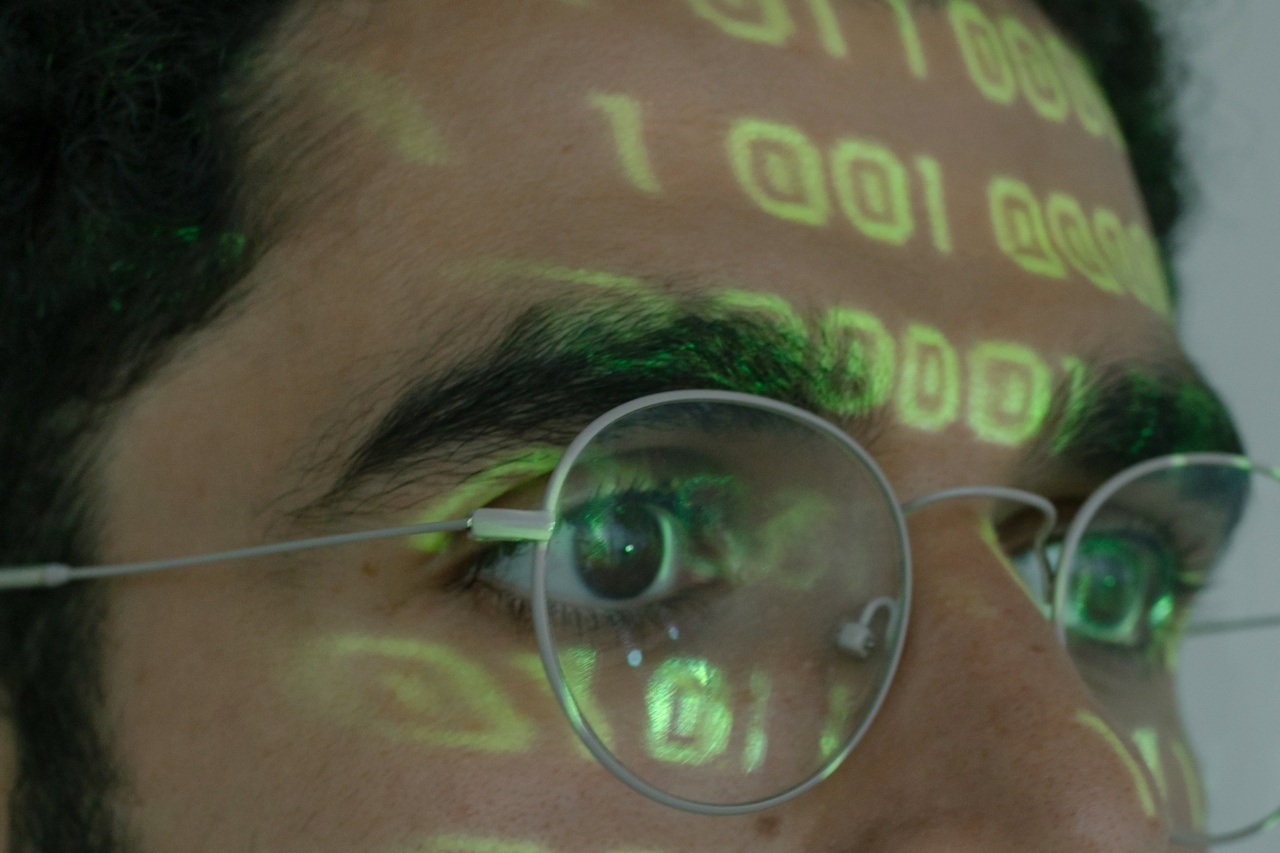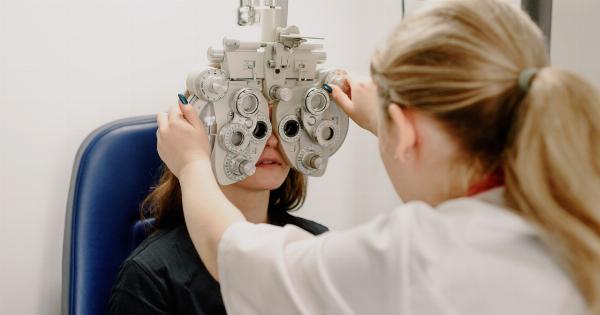In today’s digital age, our eyes are constantly exposed to screens such as laptops, smartphones, tablets, and televisions. This prolonged screen time can lead to eye strain, also known as computer vision syndrome.
Symptoms of eye strain include dryness, redness, blurred vision, headaches, and even long-term issues like nearsightedness. However, there are several effective strategies to reduce eye strain and protect our eyes in the digital age.
1. Adjusting Display Settings
One of the easiest ways to reduce eye strain is by adjusting the display settings on your devices. Bright screens can cause discomfort and strain on the eyes. Lower the brightness level to a comfortable setting that doesn’t strain your eyes.
Additionally, warmer color temperatures are easier on the eyes compared to cooler ones. Adjusting the color temperature to a warmer tone can significantly reduce eye strain.
2. Implementing the 20-20-20 Rule
The 20-20-20 rule is a simple yet effective technique to alleviate eye strain. Every 20 minutes, take a 20-second break and look at something 20 feet away.
This exercise helps relax the eye muscles and minimizes the strain caused by continuously focusing on nearby digital screens. Setting reminders or using specialized apps can help remind you to take these short breaks at regular intervals.
3. Optimizing Workspace Ergonomics
Creating an ergonomic workspace can make a significant difference in reducing eye strain. Ensure that your screen is positioned at least an arm’s length away from your eyes and slightly below eye level.
This positioning helps minimize the strain on your eye muscles. Additionally, adjusting the height and angle of your chair and desk can prevent unnecessary strain on your neck and back, which indirectly affects your eyes.
4. Practicing Blinking Exercises
During prolonged screen time, people tend to blink less frequently, leading to dry eyes and eye discomfort. Practicing blinking exercises can help combat this issue.
Every 20 minutes, consciously blink your eyes multiple times to keep them lubricated and refreshed. This simple exercise can prevent dryness and reduce eye strain.
5. Utilizing the 10-10-10 Rule
Similar to the 20-20-20 rule, the 10-10-10 rule provides another effective strategy to minimize eye strain. Every 10 minutes, look away from your screen and focus on an object located at least 10 feet away for a duration of 10 seconds.
This exercise helps to relax the eye muscles and reduce fatigue often caused by prolonged screen time.
6. Adjusting Text Size and Contrast
Struggling to read small text on your digital devices can lead to unnecessary eye strain. Adjusting the text size to a comfortable level, as well as increasing contrast, can make reading easier and reduce eye fatigue.
Most devices allow you to customize the text size and contrast settings according to your preference, so make sure to optimize them for enhanced visual comfort.
7. Using Proper Lighting
Proper lighting is crucial for reducing eye strain. Avoid exposing your eyes to harsh lighting conditions, such as bright overhead lights or direct sunlight. Instead, utilize softer ambient lighting or desk lamps with adjustable brightness levels.
Ensuring that your workspace is well-lit without causing glare on your screen will significantly help in preventing eye strain.
8. Taking Regular Screen Breaks
Taking regular breaks from your digital devices is essential to alleviate eye strain. It is recommended to take a longer break of at least 15 minutes for every 2 hours of continuous screen use.
During these breaks, engage in activities that don’t involve screens, such as walking, stretching, or simply resting your eyes by closing them. Allowing your eyes to rest and recover from prolonged screen exposure is vital to reducing eye strain in the digital age.
9. Using Blue Light Filters
Blue light emitted by digital screens has been linked to increased eye strain and disrupted sleep patterns.
To mitigate this issue, you can utilize blue light filters or applications that adjust the color temperature of your screen, emitting warmer tones. These filters reduce the amount of blue light reaching your eyes, making it easier on your visual system and potentially improving sleep quality as well.
10. Getting Regular Eye Exams
Regular eye exams are crucial for maintaining healthy vision, especially in the digital age. Visiting an eye care specialist at least once a year ensures that any underlying eye conditions are diagnosed and treated promptly.
They can also provide personalized recommendations based on your screen usage habits, prescription eyewear if needed, and other measures to protect your eyes from strain.
Conclusion
Elevated screen time has become an integral part of our daily lives, but we must prioritize our eye health amidst this digital age.
By implementing these strategies such as adjusting display settings, following the 20-20-20 and 10-10-10 rules, optimizing workspace ergonomics, practicing blinking exercises, and utilizing proper lighting, we can reduce eye strain significantly. Additionally, adjusting text size and contrast, taking regular screen breaks, using blue light filters, and scheduling regular eye exams are equally important steps towards protecting our eyes in this digital era.
By being mindful of our screen usage and adopting these practices, we can maintain healthy vision and minimize the potential long-term effects of eye strain.




























